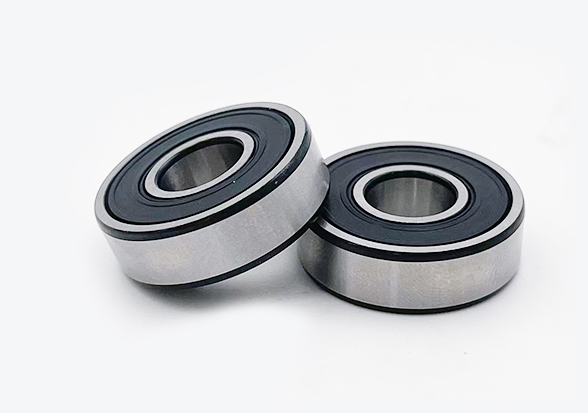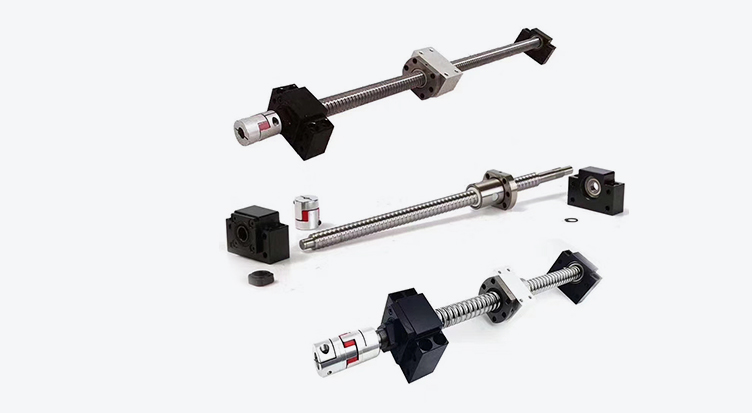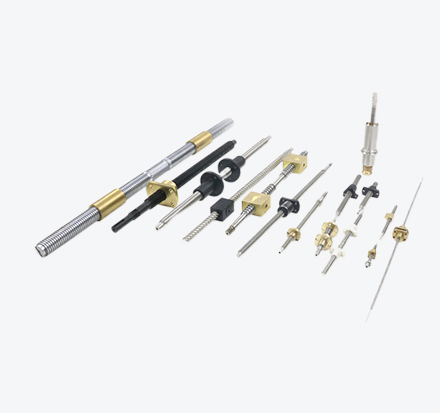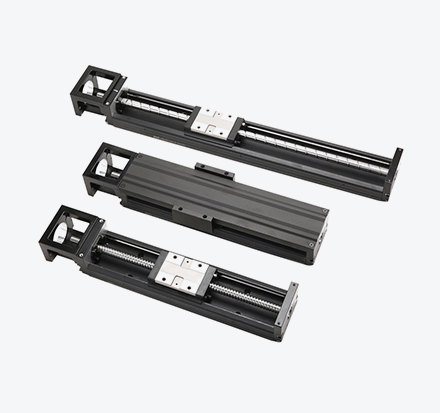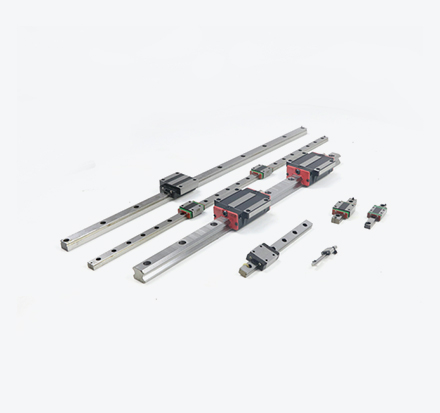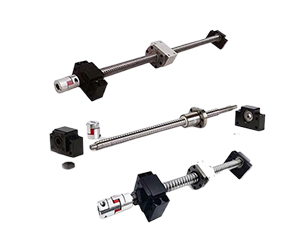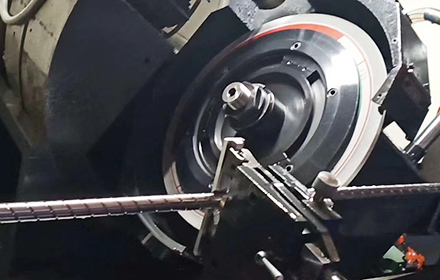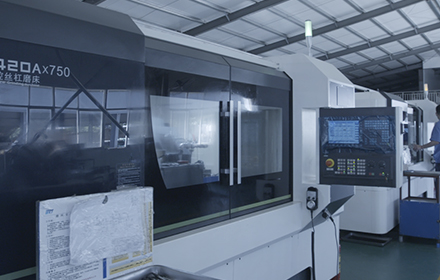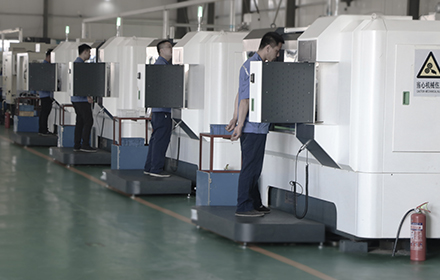Ball screw motor and linear motor are both used for linear motion control, but they differ in their working principles and applications. Here are some of the key differences between the two:
1. Working principle: Ball screw motor uses a rotary motor to drive a threaded shaft with ball bearings that move along the threads, converting the rotary motion into linear motion. On the other hand, linear motor directly converts electrical energy into linear motion without the need for any mechanical components.
2. Speed and acceleration: Linear motors are capable of achieving higher speeds and accelerations compared to ball screw motors due to their direct drive mechanism. Ball screw motors have a limited speed and acceleration due to the friction between the ball bearings and the threads.
3. Precision and accuracy: Ball screw motors are known for their high precision and accuracy, making them suitable for applications that require precise positioning and repeatability. Linear motors also offer high precision and accuracy, but they may require additional feedback devices to achieve the same level of performance as ball screw motors.
4. Maintenance: Ball screw motors we ball screw manufacturer provided require regular maintenance to ensure the smooth operation of the ball bearings and threads. Linear motors, on the other hand, require minimal maintenance due to their simple design.
5. Applications: Ball screw motors are commonly used in CNC machines, robotics, and other industrial applications that require precise linear motion control. Linear motors are often used in high-speed transportation systems, semiconductor manufacturing equipment, and other applications that require high-speed and high precision lead screw.
Overall, the choice between ball screw motor and linear motor depends on the specific requirements of the application, such as speed, precision, and maintenance needs.
 English
English
